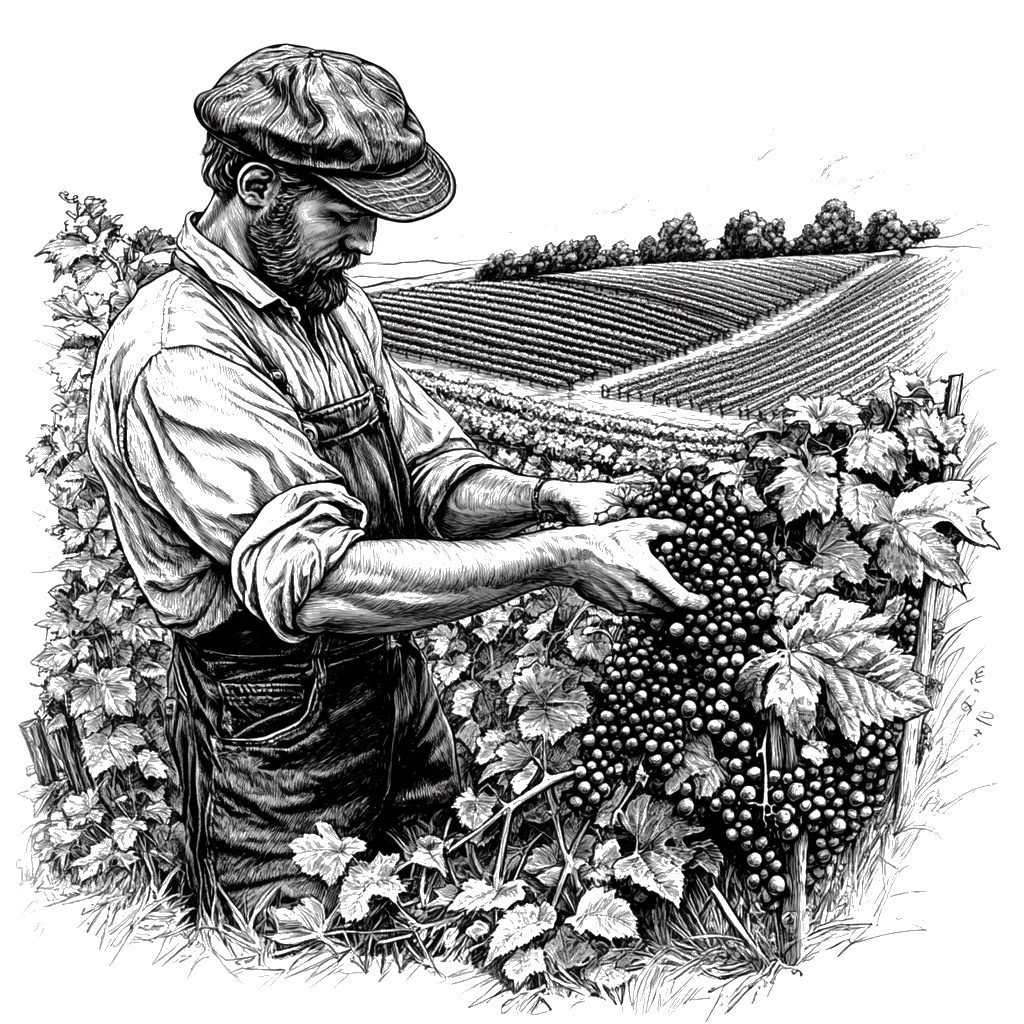In recent years, information about the dangerous effects of pesticides on health has gradually become available: cancer mutations, cell death, immune system disorders, perception and behavioral disorders, reproductive disorders, chronic diseases. Unfortunately, dangerous residues remain in grapes and wine after the use of chemical preparations. Pesticides destroy wild organisms. When used carelessly, some active substances create gradual disease resistance. The European Union pays great attention to slowing down or stopping the adverse consequences by gradually limiting active substances. The European Food Safety Authority (EFSA) has reduced the number of permitted active substances by half over the past 25 years.
But to reverse the unhealthy trend, it is necessary to move to an active paradigm change. The European Union motivates winegrowers through subsidies to introduce integrated and ecological cultivation. Integrated and ecological vine protection means using only permitted less aggressive and dangerous active substances and only to a limited extent, only in justified cases.
In this new atmosphere, winegrowers are abandoning conventional protection and making protection decisions based on objective information about infection pressure. This trend was launched 30 years ago with the advent of automatic weather stations and programs for forecasting infection pressure and signaling treatment. The GALATI vitis program found the right balance between reliability on one side and minimizing the number of interventions on the other. The program increases the effectiveness of disease suppression by timing sprays correctly. The algorithm's author is Gašpar Vanek, a well-known expert and mentor of Slovak winegrowers.
At the beginning of the season, the program is set for the given vineyard, taking into account climatic conditions, variety sensitivity, and vineyard location sensitivity when making recommendations. At the beginning of each week during the season, GALATI vitis provides an infection pressure forecast for downy mildew, powdery mildew, and grey rot. Furthermore, the program recommends protection for that week.
Direct connection of the program with the weather station in the vineyard allows verifying the degree of infection pressure during the week in a critical situation and thus making the necessary spray earlier and thus more effectively suppressing the disease. In the new season, the program uses the weather forecast from the station to predict infection pressure next week as well. Looking into the future allows the winegrower to combine protection against multiple diseases into one spray and thus save a trip. The winegrower records the sprays performed against the measured meteorological data and information about the infection pressure of diseases to have an electronic overview of the entire season preserved.
